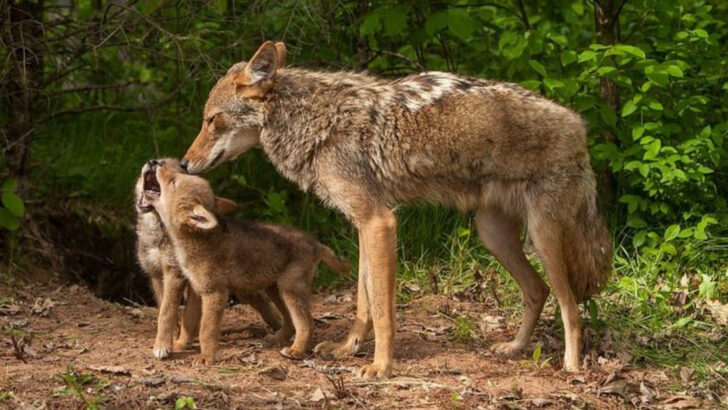Some animals belong on your screen, not your sofa.
Texas might be big, but some of the creatures crawling, slithering, and prowling through it are way too wild for cuddle time.
From backyard bobcats to jaw-dropping jungle imports, there’s a surprising number of beasts roaming the Lone Star State that would chew through your throw pillows—and maybe your arm—before you could say “who’s a good boy?”
These animals weren’t meant to wear collars.
They’re fierce, untamed, and sometimes dangerously misunderstood. But that hasn’t stopped people from trying to treat them like oversized housecats or yard-friendly dogs.
Spoiler: It never ends well.
Let’s meet the wild Texas residents that look cool from a distance, make headlines when they escape, and should never be mistaken for pets.
American Alligator

In the heart of Texas, the American Alligator reigns supreme in its wet, swampy domain. With jaws that could crush, these ancient reptiles are magnificent yet formidable. Their eyes, peeking just above the water, observe everything with prehistoric wisdom.
While they may appear sluggish, their sudden bursts of speed can be startling. These alligators are crucial to the ecosystem, maintaining balance by controlling fish and small mammal populations.
Admire from afar, as their powerful presence serves as a reminder of nature’s untamed beauty. These creatures are better left in their natural habitat than in any backyard.
Texas Coral Snake

Texas is home to the elusive Texas Coral Snake, a serpent with vibrant bands of red, yellow, and black. Known for their potent venom, these snakes are more than just a colorful spectacle.
Their secretive nature means encounters are rare, but caution is always advised. They glide through the underbrush, their colors a warning to potential predators.
With a bite that packs a punch, it’s clear why these serpents should never be handled casually. Instead, let them showcase their beauty from a safe distance. They’re a vivid reminder of nature’s intricate design.
Bobcat
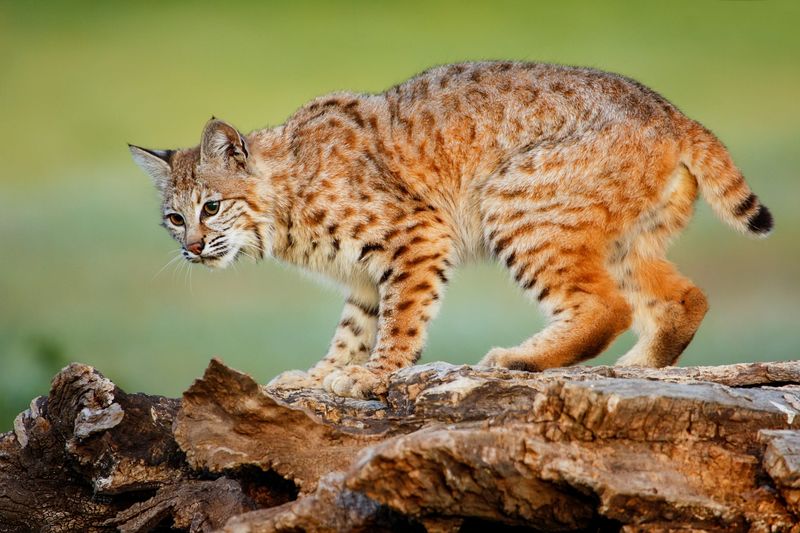
The Bobcat, with its tufted ears and keen eyes, is a master of stealth in the Texan wilderness. These solitary predators are known for their elusive nature and adaptability to various environments.
They move with grace and purpose, their short tails bobbing as they hunt. Bobcats play a vital role in controlling rodent populations, making them an integral part of the ecosystem.
Watching a Bobcat in its natural habitat is a testament to the wild spirit that roams freely in Texas. They belong in the wild, not as domestic companions.
Javelina
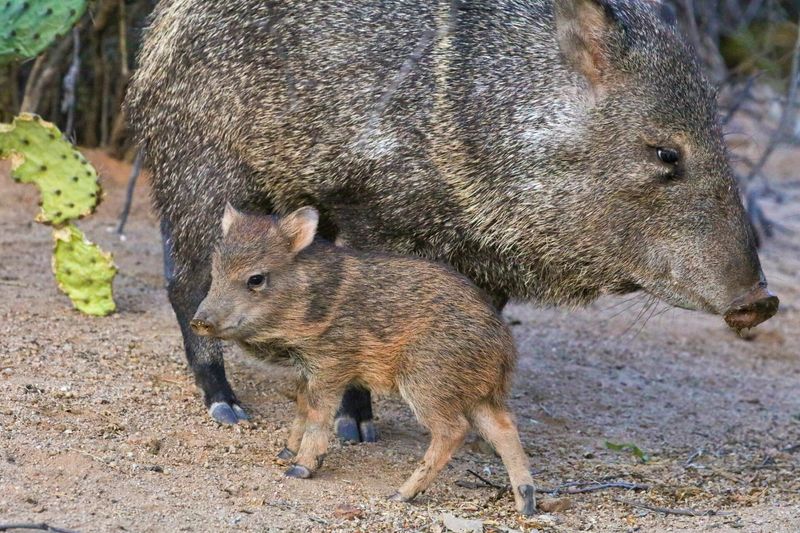
In the arid Texan desert, the Javelina, or Collared Peccary, forages with its herd. These pig-like creatures with bristly coats and sharp tusks may resemble wild hogs but are a species of their own.
Their keen sense of smell guides them in search of food, while their social nature keeps them in groups. Javelinas are known for their fierce defense tactics when threatened.
These animals deserve respect and space to roam the scrublands. Observing them reminds us of the rugged life that thrives in harsh environments, untouched and untamed by human hands.
Coyote
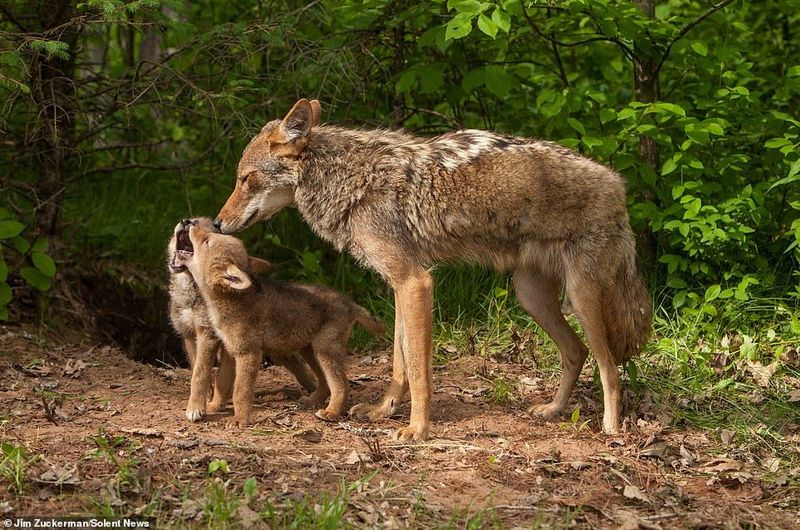
Under the vast Texan sky, the Coyote roams, its mournful howl echoing at dusk. These adaptable canines thrive in diverse environments, from urban areas to open plains.
Coyotes are clever opportunists, often seen trotting with a confident air. Despite their cunning nature, they play a crucial role in controlling pest populations.
Their presence is a reminder of the wilderness that persists amidst human development. These animals, with their wild instincts and haunting calls, are best appreciated from afar, preserving the untamed spirit they embody.
Western Diamondback Rattlesnake

The Western Diamondback Rattlesnake, with its signature rattle, is a staple of the Texan landscape. Coiled and ready, it warns with a distinctive sound that commands respect.
These snakes, with their intricate patterns, are both beautiful and dangerous. They inhabit rocky terrains and deserts, where their camouflage is most effective.
Encountering one is a reminder of nature’s raw power. They demand distance and caution, ensuring their role as guardians of the wild. To see one basking in the sun is to witness a piece of the untamed frontier.
Nine-banded Armadillo
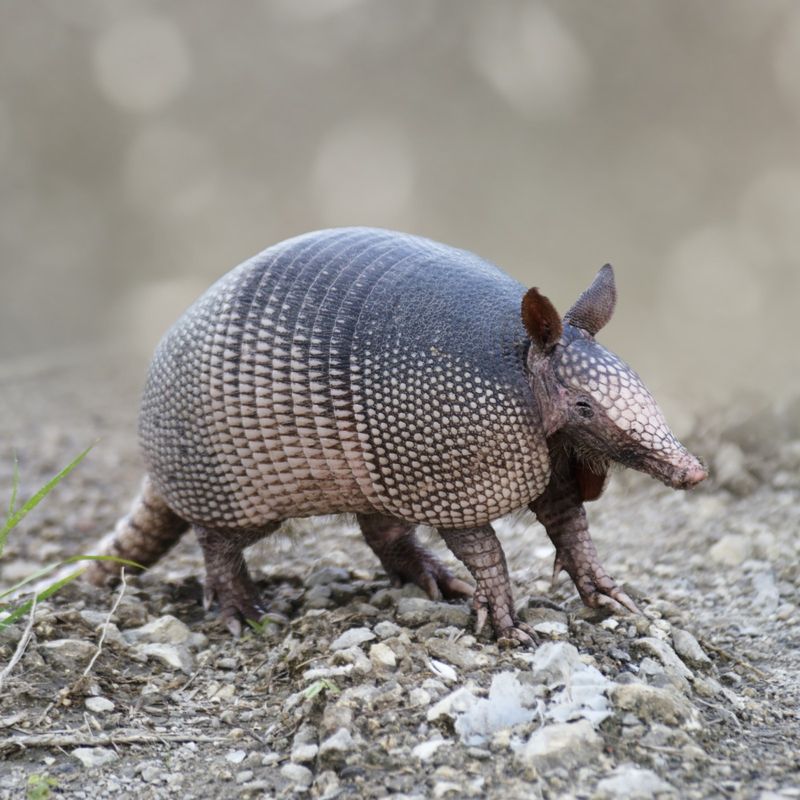
The Nine-banded Armadillo, with its distinctive armor-like shell, is a common sight in Texas. These nocturnal foragers dig through the soil, searching for insects with their keen noses.
Their unique appearance and quirky habits make them a favorite among wildlife enthusiasts. However, their digging can cause unexpected damage to gardens and lawns.
Despite their slow pace, armadillos are surprisingly agile when threatened. Observing them is like watching a relic from prehistoric times, clambering through the underbrush. They’re best appreciated in their natural surroundings, where they contribute to the ecosystem.
Ocelot

The elusive Ocelot, with its striking spotted coat, is a rare jewel of the Texan wilderness. These cats, though small, are formidable hunters, using stealth to ambush prey.
Ocelots prefer dense cover, slipping through shadows with grace. Their presence is a testament to the rich biodiversity of Texas, though habitat loss threatens their numbers.
Spotting an Ocelot is a rare privilege, a fleeting glance at one of nature’s masterpieces. These creatures are a reminder of the delicate balance in our natural world, best left to roam free and wild.
Great Horned Owl
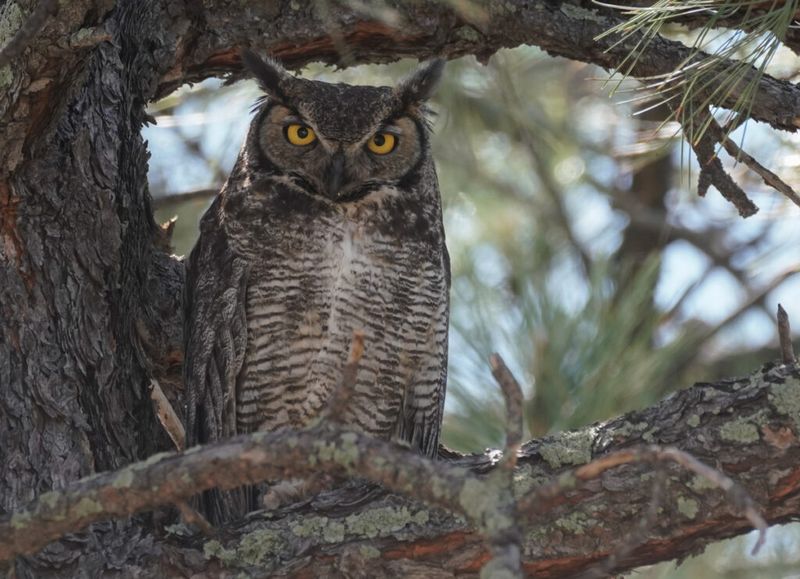
As night falls, the Great Horned Owl takes its place as the silent sentinel of the Texan night. With tufts resembling horns, these owls are formidable nocturnal hunters.
Their large eyes and powerful talons make them masters of the night sky. They swoop silently, preying on small mammals and birds.
These owls embody the mystery and allure of the nighttime wilderness. Observing one in its element is an experience that captures the essence of the untamed night. They are best left to their aerial domain, watching over the Texan landscape.
Black Bear
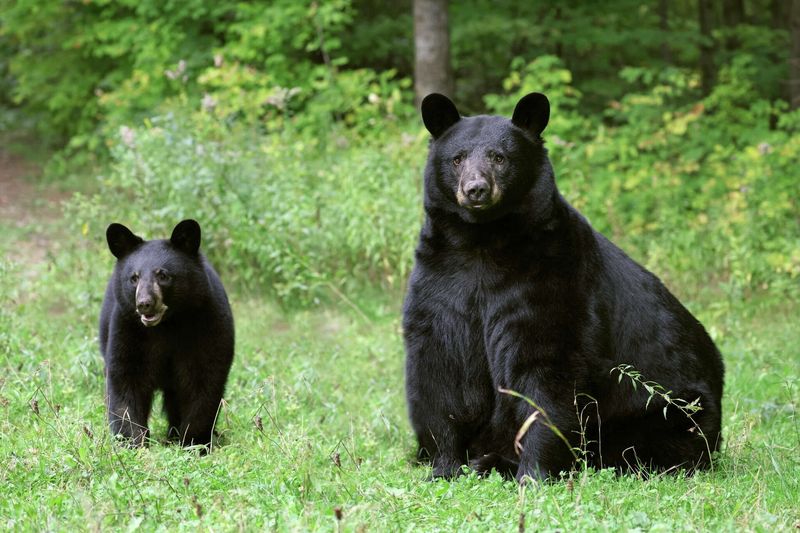
Occasionally, the formidable Black Bear wanders into the Texan wilderness, its presence a symbol of strength and resilience. These bears, with their glossy coats and curious nature, forage for berries and insects.
While generally shy, they can become aggressive if threatened or if they perceive food opportunities. Their role in the ecosystem includes seed dispersion and maintaining a balanced environment.
Admire these majestic creatures from a safe distance, respecting their space and ensuring they remain wild. Their presence is a reminder of the vast, untamed landscapes that Texas offers.
Pronghorn
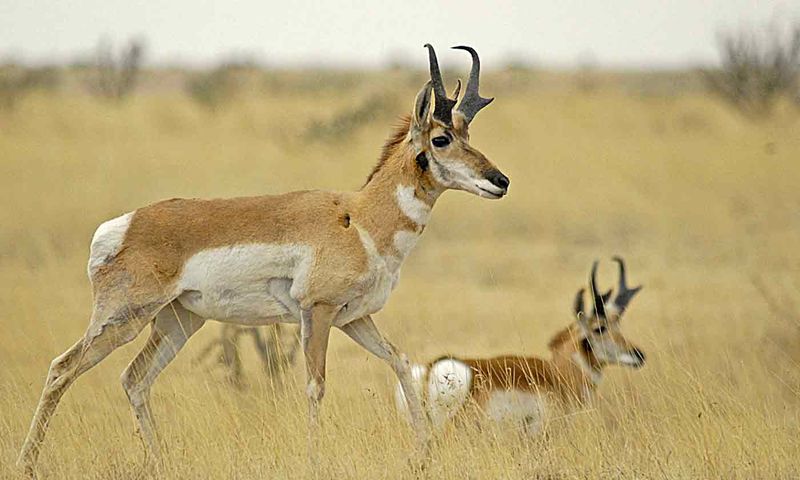
The Pronghorn, often mistaken for an antelope, races across the Texan plains with unmatched speed. These graceful creatures, with their distinct horns, are icons of the open landscape.
Pronghorns are social animals, often seen in herds grazing or sprinting. Their ability to run at high speeds is both a defensive mechanism and a breathtaking spectacle.
These animals symbolize the freedom and wild beauty of Texas. Observing them in their natural habitat is a chance to witness nature’s endurance and elegance. They belong to the vast open spaces, not confined as pets.
Mountain Lion
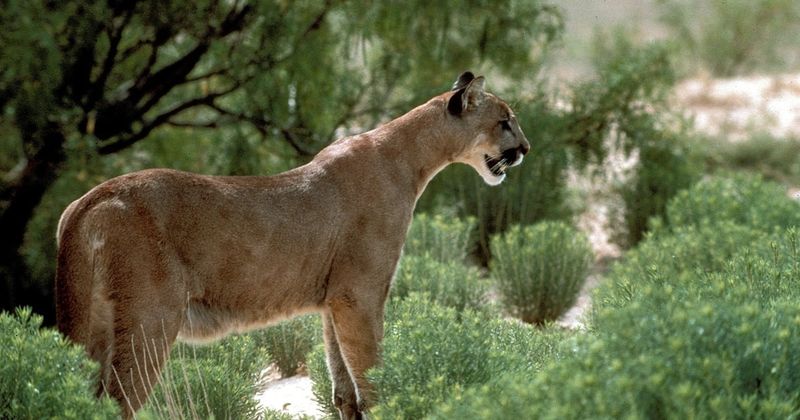
The Mountain Lion, with its stealthy grace, is a top predator in the Texan wilds. These solitary cats are masters of their terrain, effortlessly navigating rocky outcrops and dense brush.
Their powerful muscles and acute senses make them formidable hunters, preying on deer and other mammals. Mountain Lions are elusive, often avoiding human contact.
Spotting one is a rare event, a glimpse into the raw power of nature. These cats are integral to the balance of their ecosystem, reminding us of the untamed wilderness that thrives beyond our cities.
Red Fox
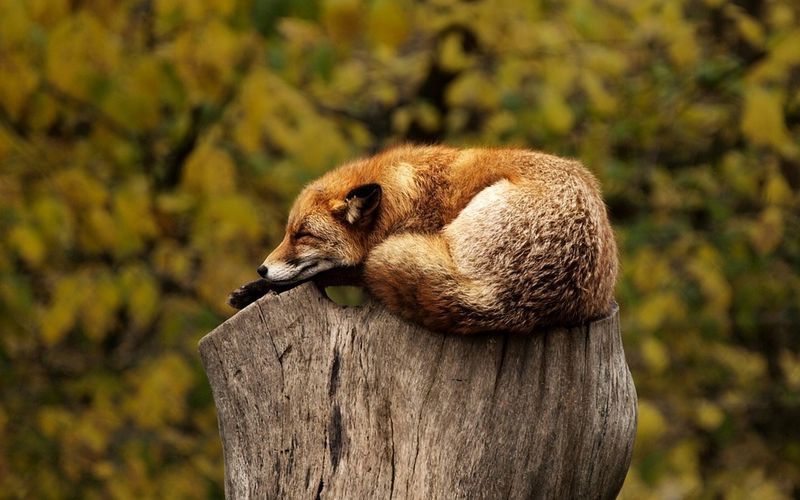
In the quiet corners of Texas, the Red Fox dances with cunning and flair. These adaptable creatures, with their bushy tails and sharp eyes, navigate both rural and suburban landscapes.
Red Foxes are skilled hunters, using their wits to catch small mammals and birds. Their playful antics and vibrant coats add a splash of color to the environment.
They thrive in diverse habitats, showcasing nature’s adaptability and resilience. Observing a Red Fox is an enchanting experience, a reminder of the wild companions that share our world. They’re best appreciated in their roaming freedom.
Eastern Bluebird
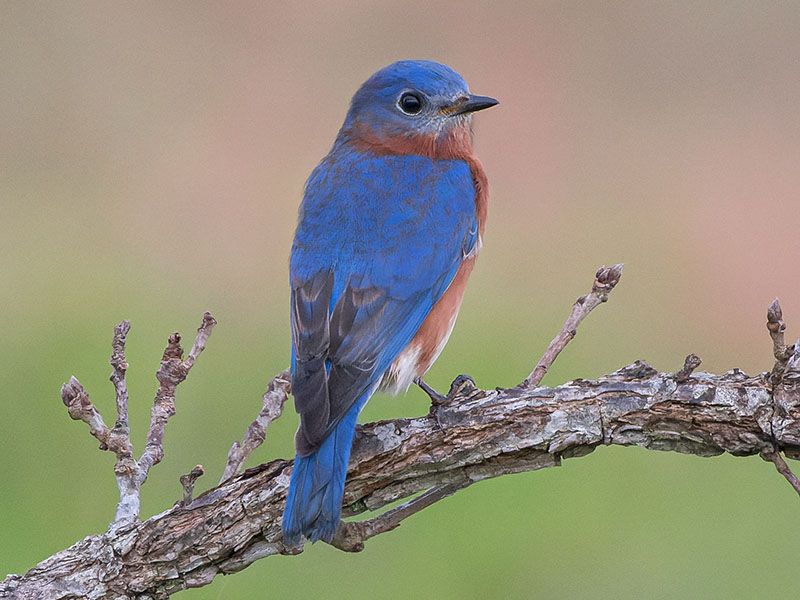
The Eastern Bluebird, with its brilliant blue plumage, is a herald of joy in the Texan landscape. These small songbirds flit from tree to tree, their melodies a sweet symphony.
Bluebirds are cavity nesters and are often seen in open woodlands and fields, bringing color and song to their surroundings. Their presence is a sign of healthy ecosystems, as they feed on insects and berries.
While they may be small, they hold a significant place in the heart of nature lovers. Observing them is a peaceful reminder of the vibrant life that thrives in Texas.

